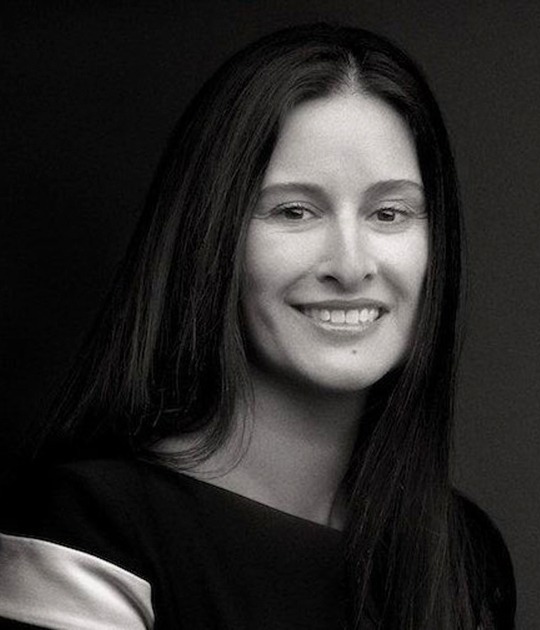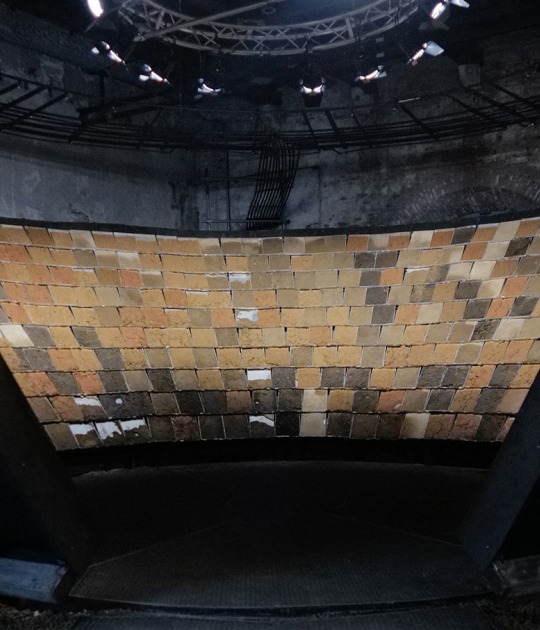It seems that August has been a busy month for Marina Abramović and her team: the MAI is still closer to become real. It was some months ago when we started to talk about the new project of the serbian artist here at METALOCUS.
Now, just a month after last news and thanks to crowdfunding, the MAI has collected more than $600.000 for the building works of the performance center, which has been designed by Rem Koolhaas. During this time, we have been how many artists' support gave a much more media-related dimension to Marina's project. The most known of them all was Lady Gaga's, which put the Abramović Method into practice completely nude, and capturing the experience in a video that has exceeded the 3 million views. Singer and performer have developed an intense relationship and it looks like a sure thing that they will continue on collaborating together in future projects.
Gracias a la colaboración de Lady Gaga, la recaudación a través de Kickstarter ha logrado los 661.454$ para la construcción de la sede del Marina Abramovic Institute.
However, in an architectural way, MAI is also a notice: a days before, it has been published the video of one building works visit, starring by the own Marina, in which there are new images of the OMA's project.
The MAI is news one more time, for different reasons. The recently known relationship between Marina Abramović and Lady Gaga has turned into a perfect tandem for the Institute's purposes, which is still closer to become real.
The Abramovic Method practiced by Lady Gaga.
More information
Published on:
September 7, 2013
Cite:
"LADY GAGA, MARINA ABRAMOVIĆ, OMA and the future of MAI" METALOCUS.
Accessed
<https://www.metalocus.es/en/news/lady-gaga-marina-abramovic-oma-and-future-mai>
ISSN 1139-6415
Loading content ...
Loading content ...
Loading content ...
Loading content ...
Loading content ...
Loading content ...
Loading content ...
Loading content ...
Loading content ...
Loading content ...
Loading content ...
Loading content ...
Loading content ...
Loading content ...
Loading content ...
Loading content ...
Loading content ...
Loading content ...
Loading content ...
Loading content ...
Loading content ...
Loading content ...
Loading content ...
Loading content ...
Loading content ...
Loading content ...
Loading content ...
Loading content ...
Loading content ...
Loading content ...
Loading content ...
Loading content ...
Loading content ...
Loading content ...
Loading content ...
Loading content ...
Loading content ...
Loading content ...
Loading content ...
Loading content ...
Loading content ...
Loading content ...
Loading content ...
Loading content ...
Loading content ...
Loading content ...
Loading content ...
Loading content ...
Loading content ...
Loading content ...
Loading content ...
Loading content ...
Loading content ...
Loading content ...






































